This painting powerfully captures the fervor and joy of the Bretons during the pardons, testifying to their deep attachment to traditions and religion.
Dimensions without frame 16.5 x 22.5 cm, with frame 24.5 x 30.5 cm.
Maurice Ménardeau (1897 - 1977) is a French painter renowned for his maritime works. He began drawing and painting classes in Paris in 1906, but the First World War interrupted his studies. He then served as a radio operator in the merchant navy. In 1917, his ship was torpedoed by a German submarine near Lizard Point, but the crew managed to bring him back to England. During the forced stopover in Cardiff, Ménardeau discovered his artistic vocation by copying works by masters at the National Museum. After the war, he decided to devote himself entirely to painting and moved to Concarneau in 1924. He frequented the studio of Charles Fouqueray, official painter of the Navy, and exhibited regularly at the Salon des Artistes Français from 1925. In 1936, he was appointed official painter of the Navy, which allowed him to travel around the world, notably to Indochina, South Africa, South America, Spain, Morocco and Portugal. His works reflect his many travels, offering a sensitive vision of maritime landscapes and port scenes. Ménardeau settled permanently in Concarneau in 1963, before spending his last years in Mauritius, where he died in 1977. His works are preserved in several museums, notably the Musée du Faouët and the Musée de la Pêche de Concarneau.


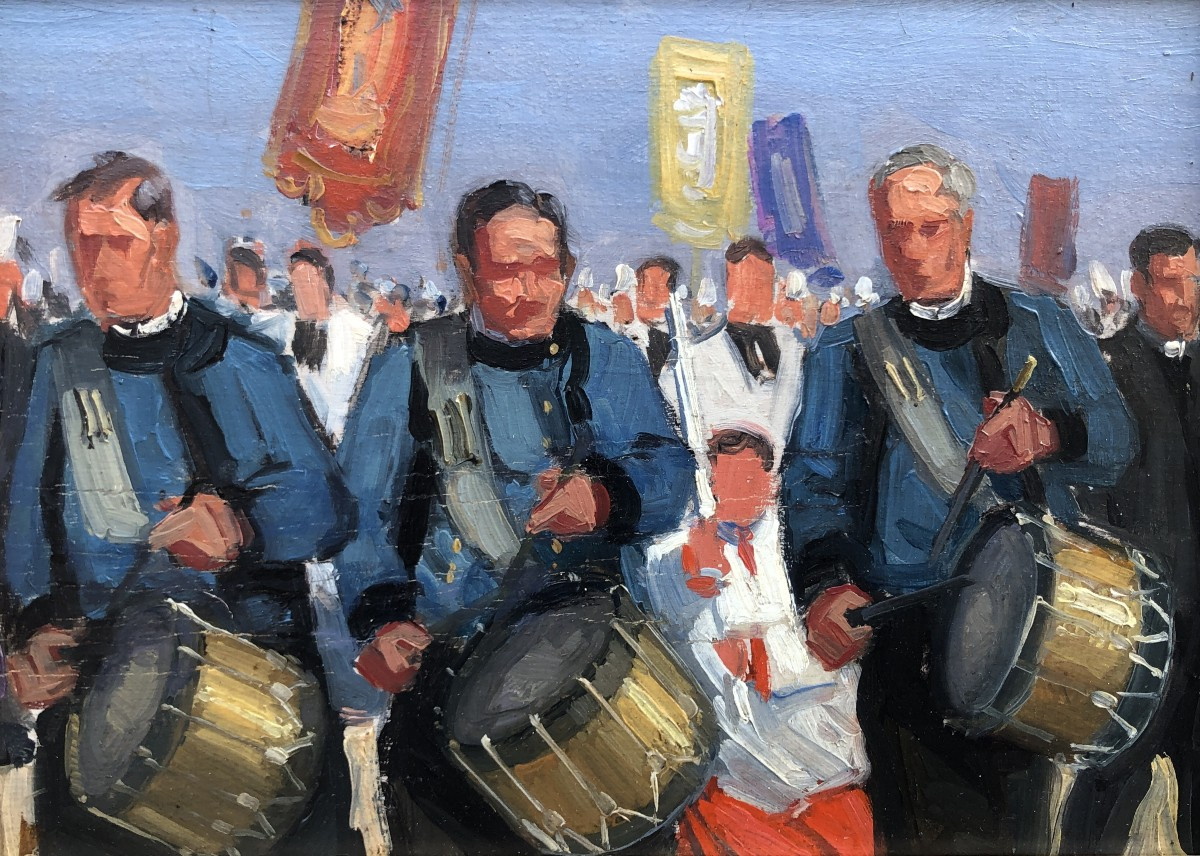
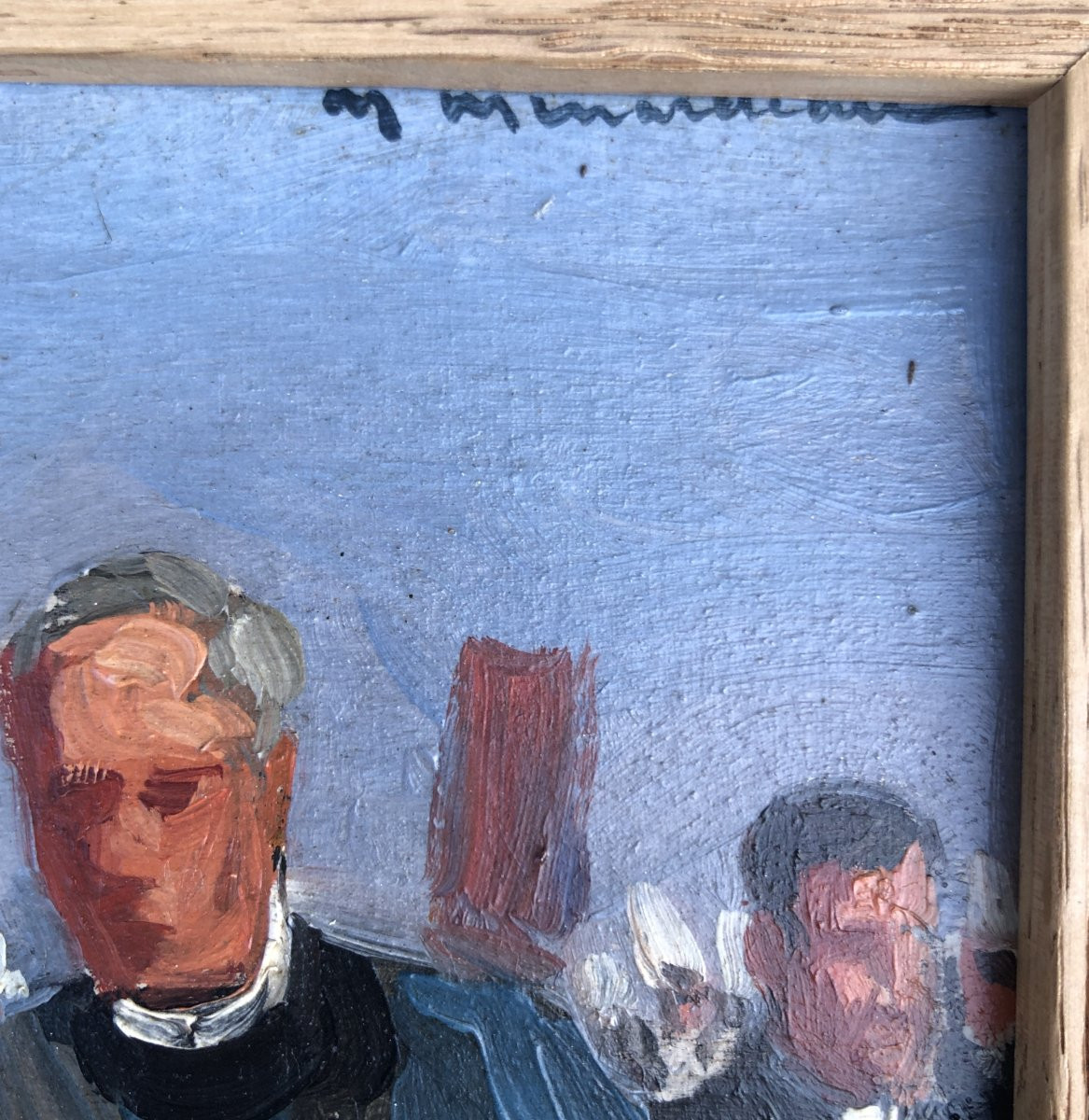

















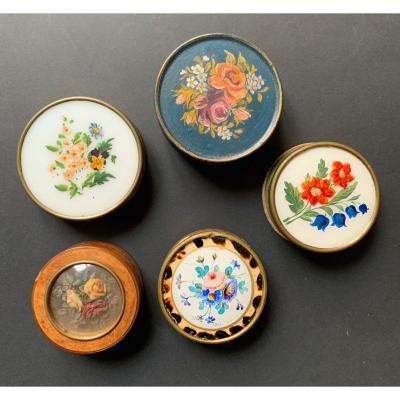


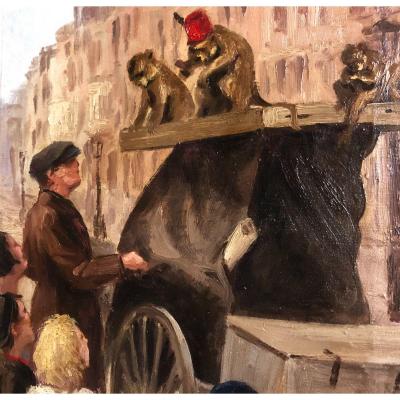

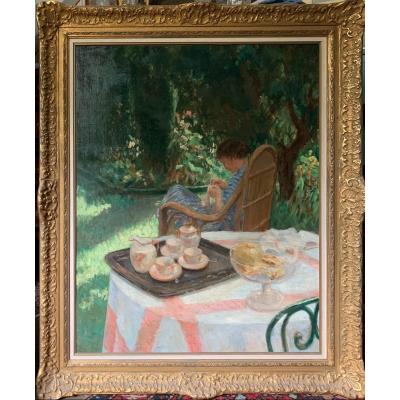
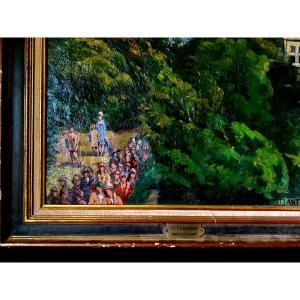




 Le Magazine de PROANTIC
Le Magazine de PROANTIC TRÉSORS Magazine
TRÉSORS Magazine Rivista Artiquariato
Rivista Artiquariato